While other so-called travel experts will tell you that the best time to visit Japan is during the summer and fall, we know that any true travel buffs consider the Far East the ultimate winter getaway. Japan did play host to the Winter OIympics in both 1972 and 1998 after all. If it’s good enough for the IOC then it’s perfect for you! Here’s why:
1. Skate in Fuji-Q Highland
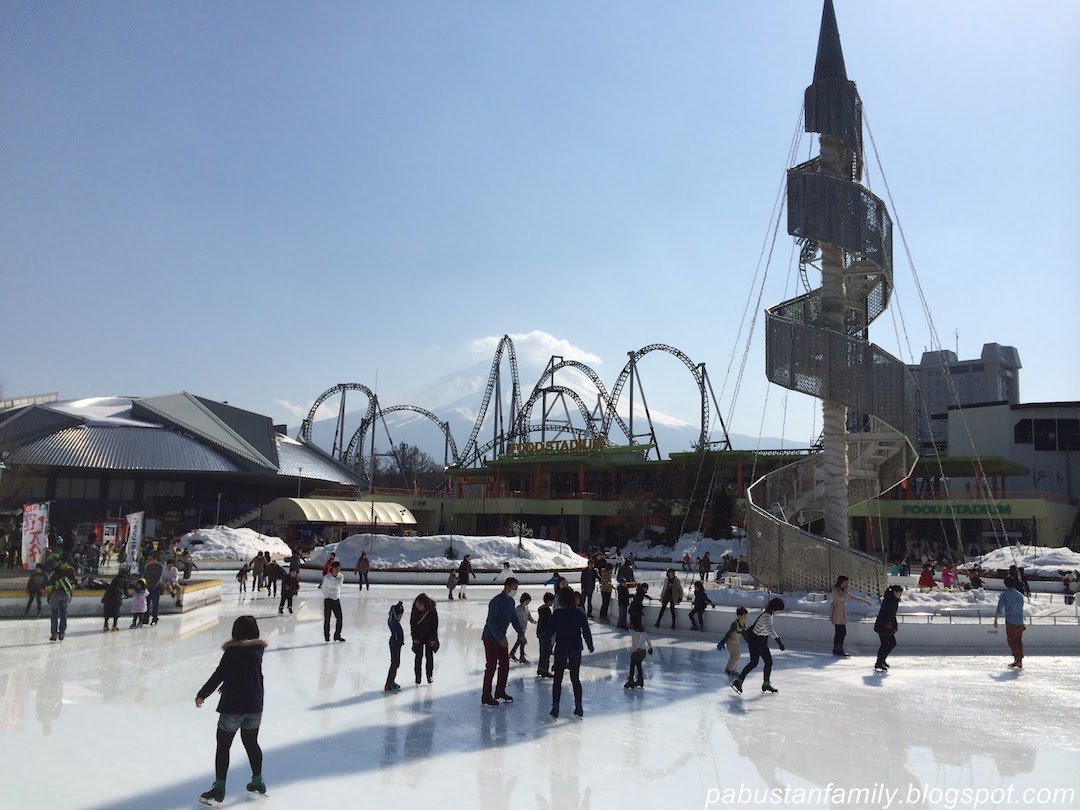
During the spring and summer month’s Japan’s Fuji-Q Highland is well regarded for its adrenaline-pumping roller coasters. In winter, Fuji-Q Highland transforms into a dream-like winter wonderland where you can still enjoy the many features of the amusement park with the added wow-factor of skating around the largest outdoor ice rink in Japan at 3.8 acres. If you’re not a seasoned skater don’t worry, the staff provides free lessons on a daily basis. Not to mention that this skating rink offers prime spots for checking out the breathtaking snowcapped Mount Fuji.
2. Trek the Tateyama Kurobe Alpine Route
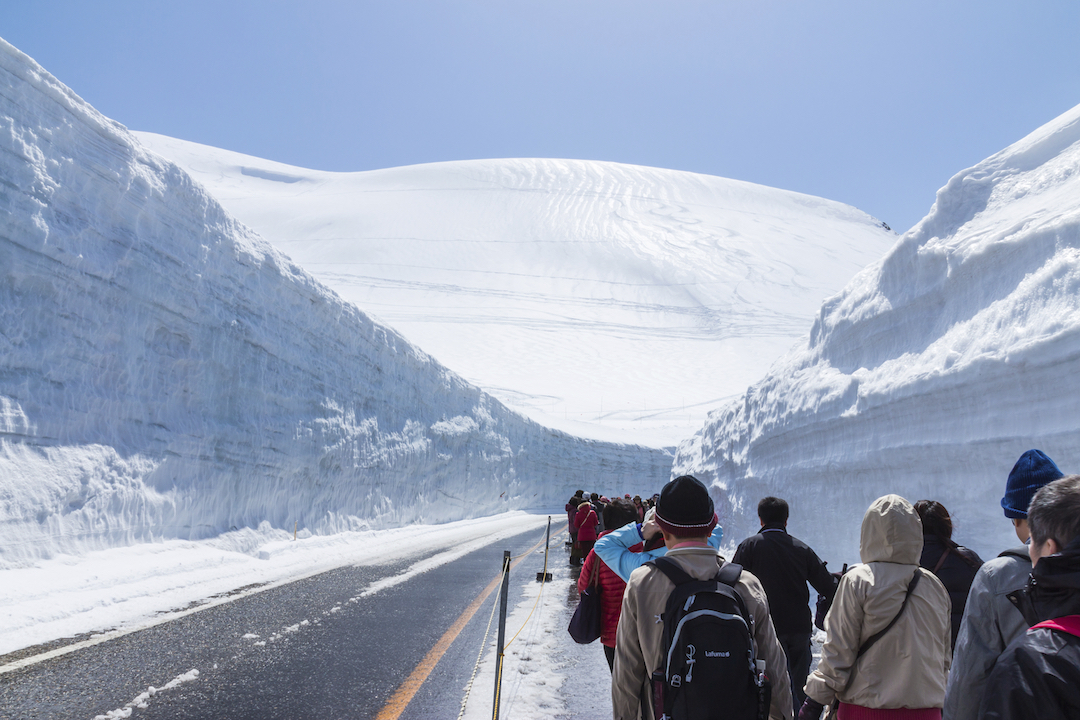
Also known as the “Roof of Japan,” the visually stunning Tateyama Kurobe Alpine (pronounced “Alpen”) is a can’t miss trekking experience for any mountaineer. The route passes through the surreal scenery of Mt. Tateyama in the Japan Alps and can only be traversed through the use of several types of vehicles like buses and cable cars, with an elevation change of 2400 meters. Depending on the time of year you visit, you will need to dress differently but if you’re heading over in winter (November) make sure to dress warmly in gloves, heat pads, scarves, hats, neck warmers, and sunglasses. Enjoy the expansive, snowy landscapes with walls closing in on you at over 13 meters tall.
3. Relax in Takaragawa Onsen, Gunma
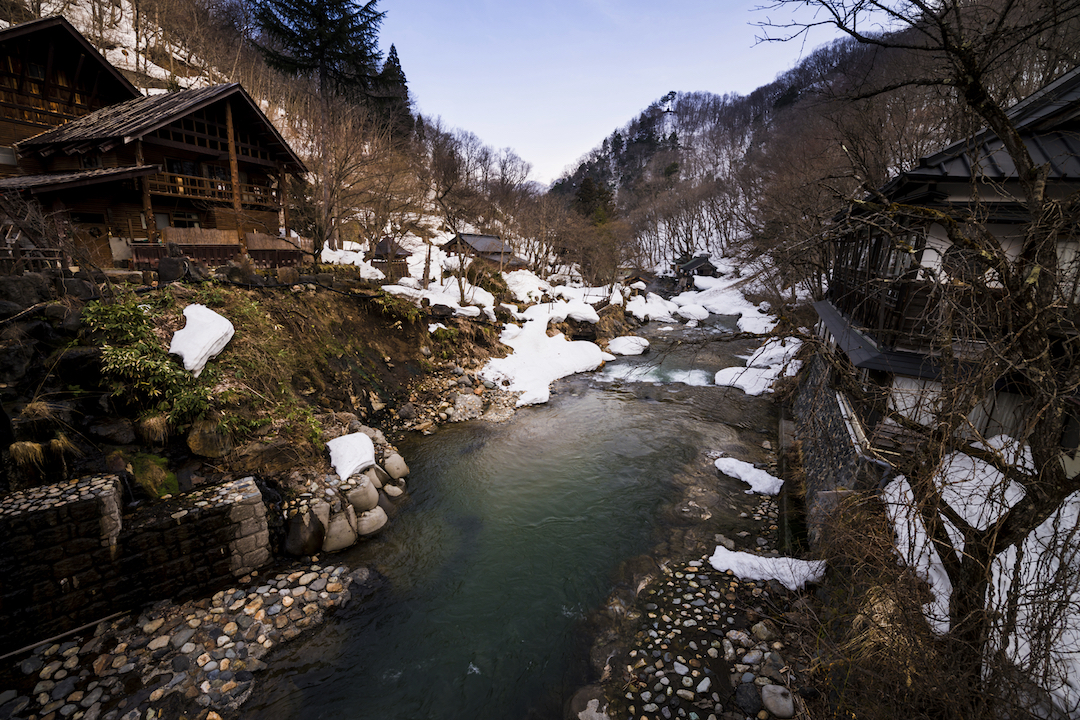
There’s no better way to enjoy a cold winter day than at a hot spring amidst the sounds of flowing streams in beautiful Takaragawa. This spa boasts the largest open-air bath in Japan which makes it a favourite amongst locals and foreigners alike. The Takaragawa Onsen is the perfect escape from the hustle and bustle of city life and is known for its remote, riverside hot springs and allows both genders to enjoy its gentle and soothing waters together so you don’t have to worry about parting ways with your travel companion if you’re visiting with a member of the opposite sex. Day visitors can enjoy the hot springs for 1,500 yen and traditional overnight accommodations (tatamis and futons) are available as well. Takaragawa Onsen is close to several ski resorts (Minakami Kogen Fujiwara Ski Resort, Okutone Snow Park and Hodaigi Ski Resort), so you can enjoy a day of skiing before relaxing your muscles in the hot spring waters.
4. Explore the Jigokudani Wild Monkey Park, Nagano
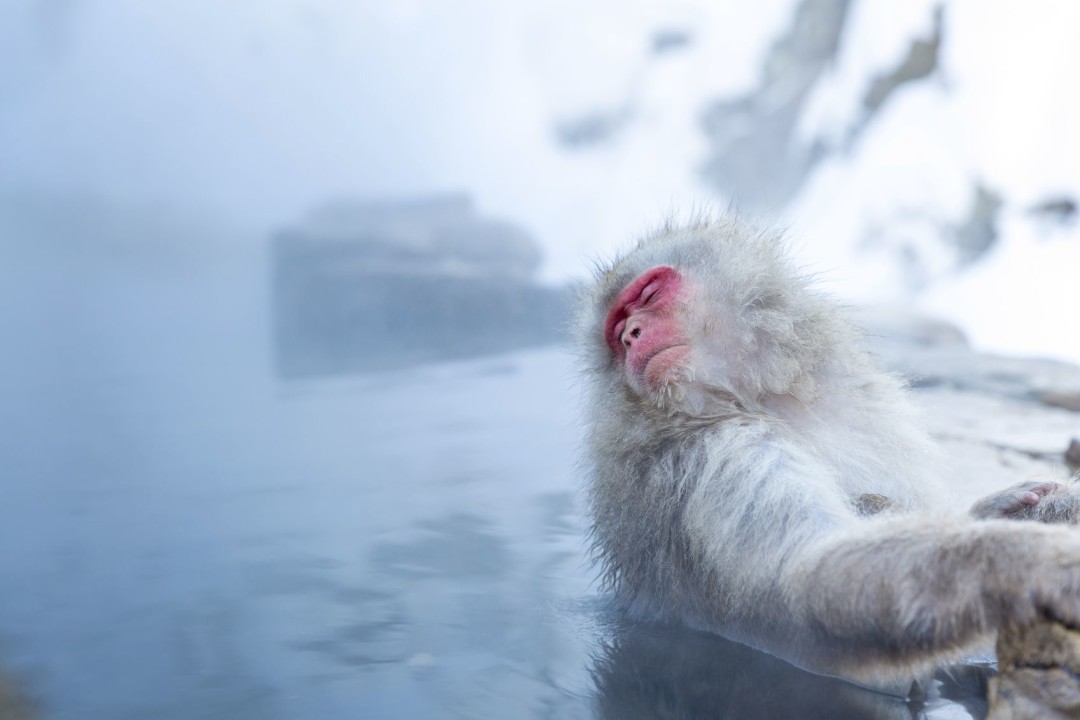
Home of the world-renowned “snow monkeys,” Jigokudani sits in the valley of the Yokoyu River and is home to 200 or so Japanese Macaque monkeys. They inhabit the region despite the harsh climate as they love playing around the cliffs and bathing in the warm hot springs that burst from the ground. Many refer to Jigokudani Wild Monkey Park as a monkey’s paradise, which presents a unique and entertaining opportunity for human visitors to observe the happy animals up close. Before the entrance to the park, visitors can check out the Jigokudani Steam Vents which is a sight to behold in itself. Across the river is Korakukan Ryokan where humans can also enjoy a relaxing bath in the hot spring. Admission to Monkey Park is 500 yen for adults and 250 yen for children.
5. Celebrate Winter at the Sapporo Snow Festival

The Sapporo Snow Festival is no joke when it comes to celebrating winter like a professional. What began as a modest festival of only six snow statues built by local high schoolers exceeded all expectations and eventually grew to a time-honoured tradition responsible for attracting about 2 million people from across the country and the world every year. Visitors to Central Sapporo (specifically Odori Park, Susukino and Tsudome) can enjoy viewing hundreds of snow statues and ice sculptures, musical performances, and long snow/ice slides as well as a huge snow maze. Every year the timing of the event changes slightly but the festival always starts during the beginning of February. Be sure to check the Sapporo Snow Festival’s website for more information.
6. Kiss Sins Goodbye at the Omizutori Festival

The Omizutori Festival is a Japanese Buddhist festival that is held in the Nigatsu-do of Todai-ji, Nara and whose origins vary depending on who you ask. The most popular origin story centers around a monk named Jitchu who started the ceremony as a devotion and confession to the Goddess of Mercy. Jitchu invited 13,700 of the gods to the ceremony and one of the gods was late because he was fishing on the Onyu River. As an apology for his tardiness, the tardy god offered the group scented water from the Onyu River, which supposedly suddenly sprung up from the spot where the god stood. Nowadays this mystical occurrence is celebrated each night of the festival by lighting torches outside the Todaiji Temple, which is constructed completely of wood. Torches are held up so that the embers rain down and apparently viewing this fire display brings good luck to the observers. In the coming days, people continue to burn torches with one evening reserved for a slightly bigger fire show where torches are burned for nearly an hour. After midnight, eleven special priests (known as Renhyoshu) draw the mystical water from the temple well (where the aforementioned god once drew water). The water is said to hold the power to both heal and absolve people of their past sins.
7. Find Peace at the Aizu Painted Candle Festival

The soft flickering glow of candles come together with smooth rolling hills of freshly fallen snow in a perfect marriage that create the ideal winter wonderland setting. The Aizu Painted Candle Festival uses the traditional crafts of Fukushima Prefecture’s Aizu painted candles, called erosoku, to illuminate the snowy surroundings. The candles are painted with colorful flowers like peonies and chrysanthemums and also burn longer than candles created in the West. Over ten thousand candles are lit up during the festival and attendees can enjoy strolling through the area and seeing serene backdrops that are accented by large trees and the Tsuruga Castle. You’ll also want to be sure to stop by the Royal Herb Garden (Oyakuen) where you can enjoy live performances of the traditional Japanese flute and harp.
8. Go Skiing in Niseko
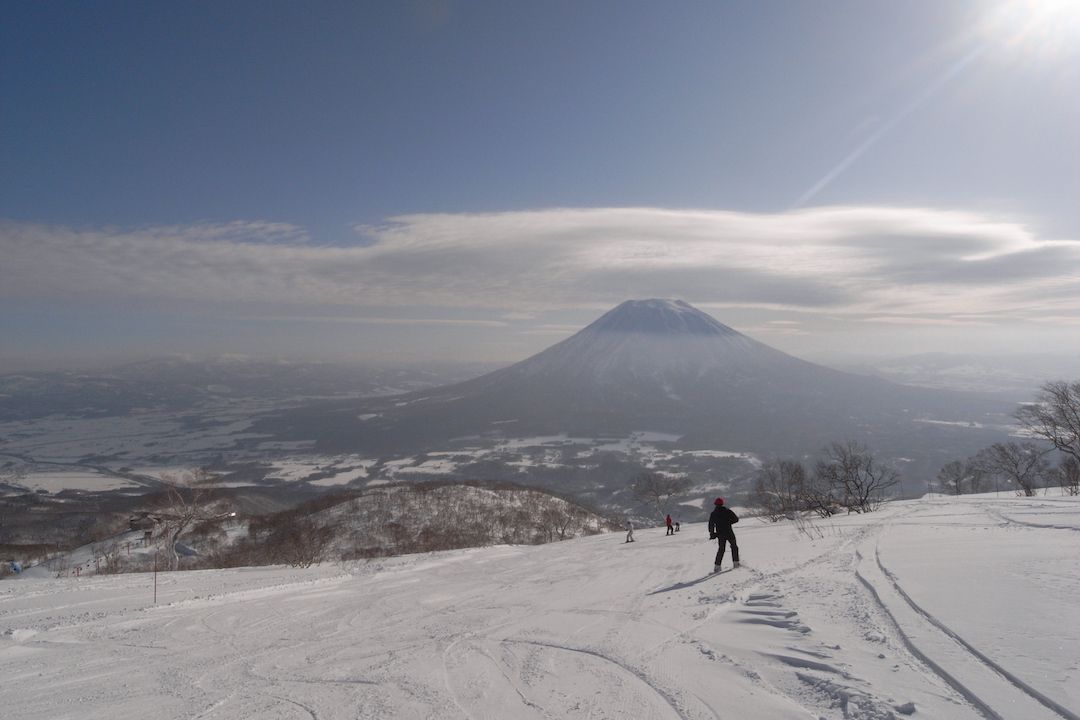
It’s not hard to understand why Niseko is Japan’s most popular ski resort. Just take a look at the significant number of international skiers (hello Aussies!) Niseko’s hills attract, all thanks to its carefully groomed runs, fantastic off-piste terrain, fun parks, and animated après scene. The ski resort is in Hokkaido which is only 100 km from Sapporo (so you can easily add on the Sapporo Snow Festival), and the area receives an annual average snowfall of 15m during peak season. Niseko welcomes skiers and boarders of all ability levels and is well regarded for the high-quality night skiing experience it offers (its the largest lit area of its kind in Japan). There are plenty of accommodation options in the area and the dining experience is reflective of the modern and cosmopolitan atmosphere of this popular resort. Skiers will have many choices (both Japanese and Western-style restaurants) when it comes to where to dine in and around the happening Hirafu village.
9. Feast on Nabe

Anyone who’s been to Japan will already know that they take their culinary game very seriously and travellers are guaranteed to enjoy a diverse selection of fresh foods. A winter favourite that’s enjoyed by many is nabe, which refers to a variety of Japanese hot pot dishes in which thinly sliced meat (typically beef) is quickly seared and then tossed into a boiling broth of soy sauce, sugar, and sake alongside a selection of fresh vegetables and other ingredients. If you think there’s nothing better than a bowl of hot soup on a cold day then you haven’t ended a frigid winter day correctly until you’ve tried some nabe.


